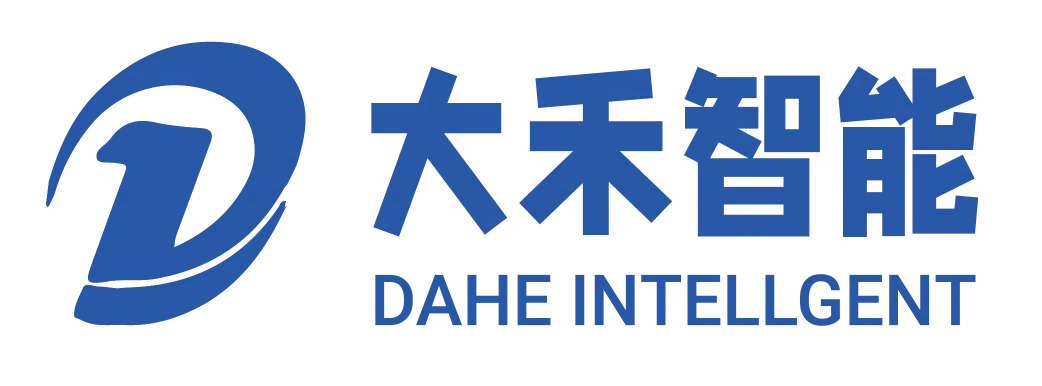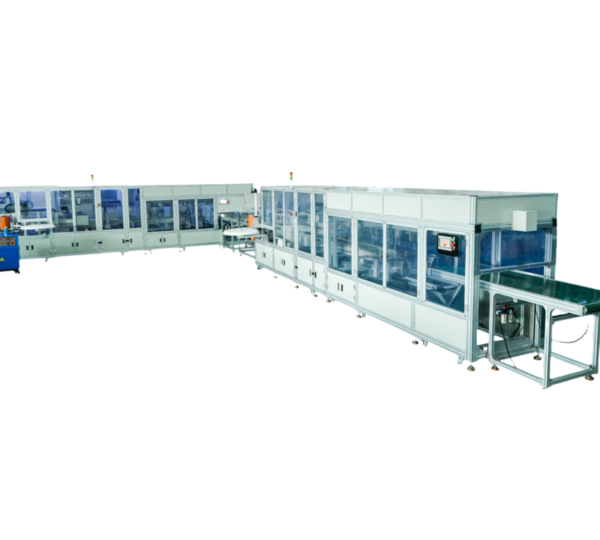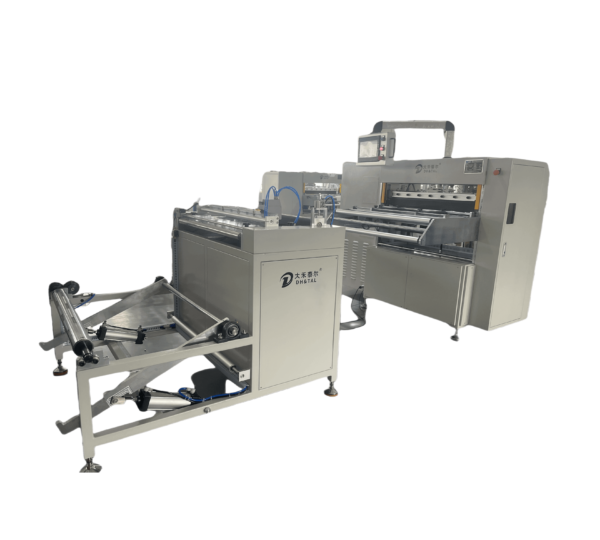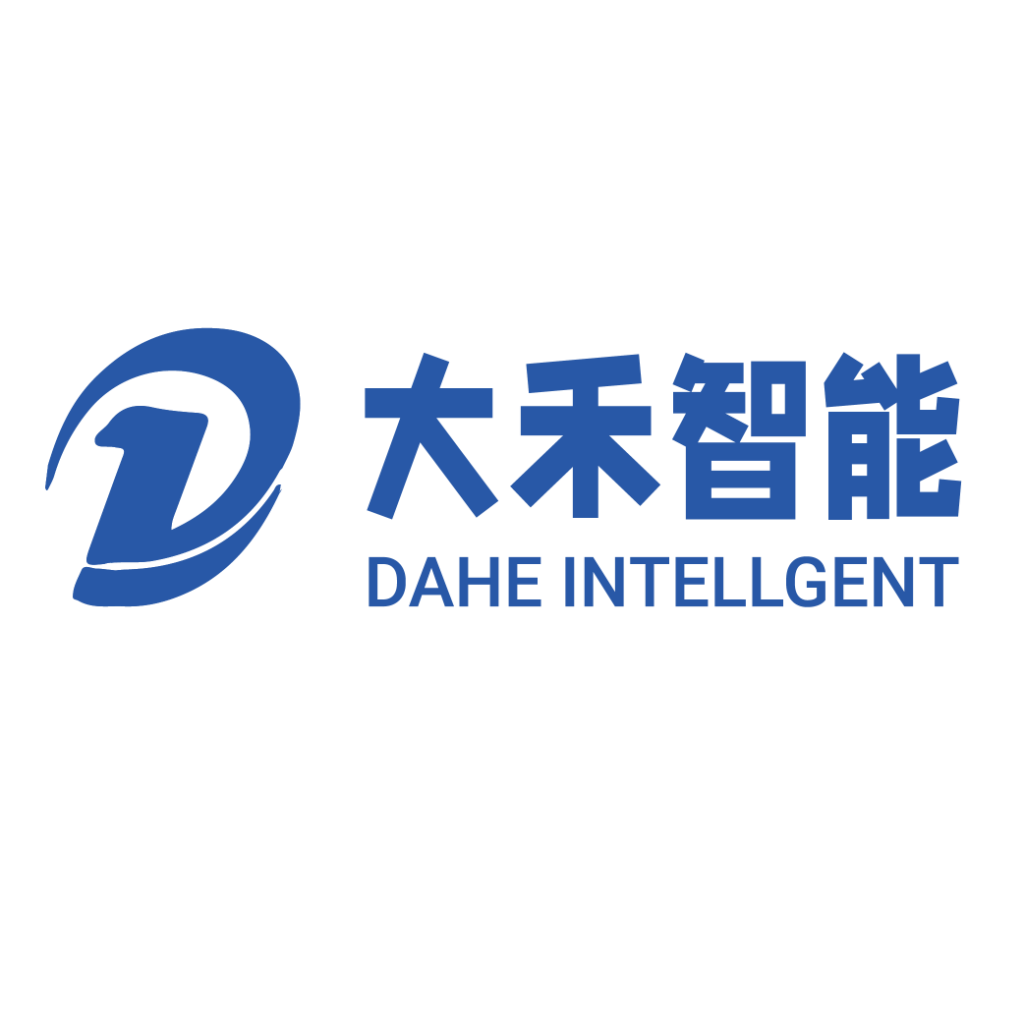The automotive air filter production line is a precision coordinated production line consisting of conveyor belts, paper pleating machines, glue coating machines, and assembly lines. The drive belt system drives the synchronous movement of parts and sub-assemblies. If the belt slips during the production process, the loss of traction on the pulley will cause feeding errors and downtime, thereby reducing production efficiency and product quality. The reasons for belt slip may be improper tensioning, environmental pollutants, pulley misalignment, and belt material aging. We will provide you with relevant and practical technical sharing from an engineer’s perspective, and at the same time tell you to ensure the smooth operation of the belt drive system.
Automotive air filter production line uses precision belt tensioning technology
The simplest way to prevent the drive belt of the automotive air filter production line from slipping is to achieve accurate belt tension. Both low and high belt tensions will affect performance. Loose belts lack the necessary grip, resulting in micro-slips and increased wear. Overtight belts will put excessive pressure on bearings and shafts, shortening their service life. Dahe Intelligence recommends using a calibrated tension meter to set the belt tension within the specified range. In addition, the equipment in the automotive air filter production line provided by Dahe Intelligent is designed with adjustable tensioning arms equipped with integrated load cells, allowing technicians to fine-tune belt tension during initial setup and routine maintenance. The tensioning device can be synchronized for production lines running multiple belts in parallel to ensure that all belts are evenly tensioned.
Pulley Alignment and Surface Treatment for Automotive Air Filter Production Line
In addition to tension, accurate pulley alignment can alleviate drive belt slippage on automotive air filter production lines in addition to tension. Misaligned pulleys generate lateral forces that deviate belts from their intended path, causing edge wear and loss of traction. To address this problem, Dahe Intelligent equips each production line with precision-machined pulleys that feature keyed shafts and tapered bushings to ensure concentric rotation. Alignment tools enable maintenance personnel to achieve shaft coplanarity within 0.05 mm and angular misalignment below 0.1°. In addition, high-friction elastomer-coated inserts are used in the pulley grooves to maximize the initial grip of the belt. Proper surface preparation, including degreasing with isopropyl alcohol and friction enhancers, ensures that belts and pulleys maintain optimal interface friction even under the heavy loads and variable speed conditions under which automotive air filter production lines operate.
Belt Material Selection for High-Performance Applications
Choosing the right belt material is another key strategy to prevent slippage in automotive air filter production lines. Standard rubber V-belts may perform poorly in filter media‘s temperature fluctuations, chemical exposure, or abrasive dust environments. Dahe offers advanced belt compounds such as EPDM with enhanced heat resistance and aramid reinforced core fiber, both of which provide excellent dimensional stability and high coefficient of friction. For the synchronous drive of filter folder equipment, steel cord polyurethane timing belts enable zero-backlash power transmission, maintain precise indexing, and avoid slippage. In addition, these timing belts are resistant to oils, lubricants, and particles common in production environments. By adjusting the chemical composition and structure of the timing belt to specific process needs, engineers can ensure stable power output and minimize maintenance interventions.
Environmental Control and Pollutant Management
Airborne fibers, adhesive residues, and oil mist can pose a serious traction hazard on automotive air filter production lines. Dahe Intelligence recommends addressing this through comprehensive environmental control, where point-of-air filtration nozzles remove loose filter media fragments. Operators place targeted drip trays to collect oversprayed adhesives and use industrial-grade mist eliminators to remove lubricant aerosols from the air. Regular drainage and vacuuming can remove accumulated debris on pulleys and belts. In addition, we equip our production lines with adjustable belt covers and scrapers that continuously wipe the belt surface during operation and remove particles before they embed in the belt-pulley interface. By actively managing pollutants, we maintain clean friction surfaces.
Predictive maintenance and real-time monitoring of the automotive air filter production line
To minimize unplanned downtime caused by belt slippage, Dahe Intelligence integrates a predictive maintenance system into each automotive air filter production line. Vibration, current, and optical belt speed sensors transmit data to a central SCADA system that tracks anomalies such as sudden belt acceleration deviations or increased motor torque, early indicators of an impending slip event or mechanical misalignment. Machine learning algorithms analyze historical performance and schedule maintenance alerts when tension drops below a threshold or wear patterns occur. Automatic tensioners equipped with servo motors can correct minor tension losses independently, resetting the belt to optimal tension without shutting down the line. By combining advanced analytics with automated intervention, our automotive air filter production line solution ensures that drive belts remain within ideal operating parameters, providing high OEE and stable product throughput.
Perform real-time monitoring to do maintenance work.
To minimize unplanned downtime caused by belt slip, Dahe Intelligence integrates a predictive maintenance system into each automotive air filter production line. Vibrators, currentors, and optical belt speed sensors transmit data to the control operation panel, tracking anomalies such as sudden belt acceleration deviations or increased motor torque. At the same time, automatic tensioners equipped with servo motors can correct minor tension losses independently, resetting the belt to optimal tension without shutting down the line. By combining advanced analytics with automated intervention, our automotive air filter production line solutions ensure that the drive belt remains within ideal operating parameters.
Solve drive belt slippage to ensure uninterrupted production
Drive belt slippage seriously affects the efficiency and product quality of the automotive air filter production line. Through strict tensioning schemes, precise pulley alignment, belt materials, environmental pollutant control, oil and other technologies, Dahe Intelligence provides solutions that can almost eliminate downtime caused by slippage. Allowing you to maintain optimal performance during the use of the automotive air filter production line.




